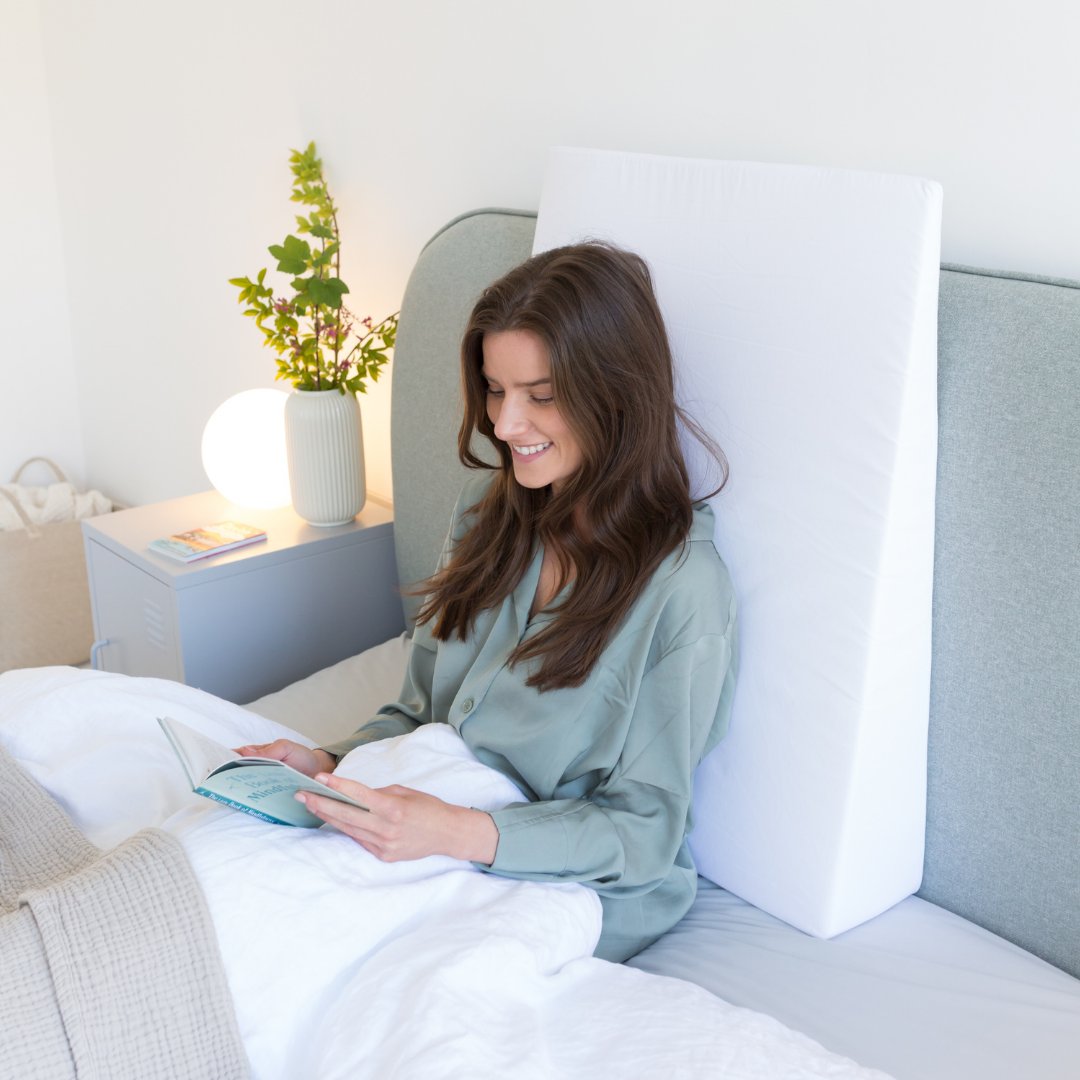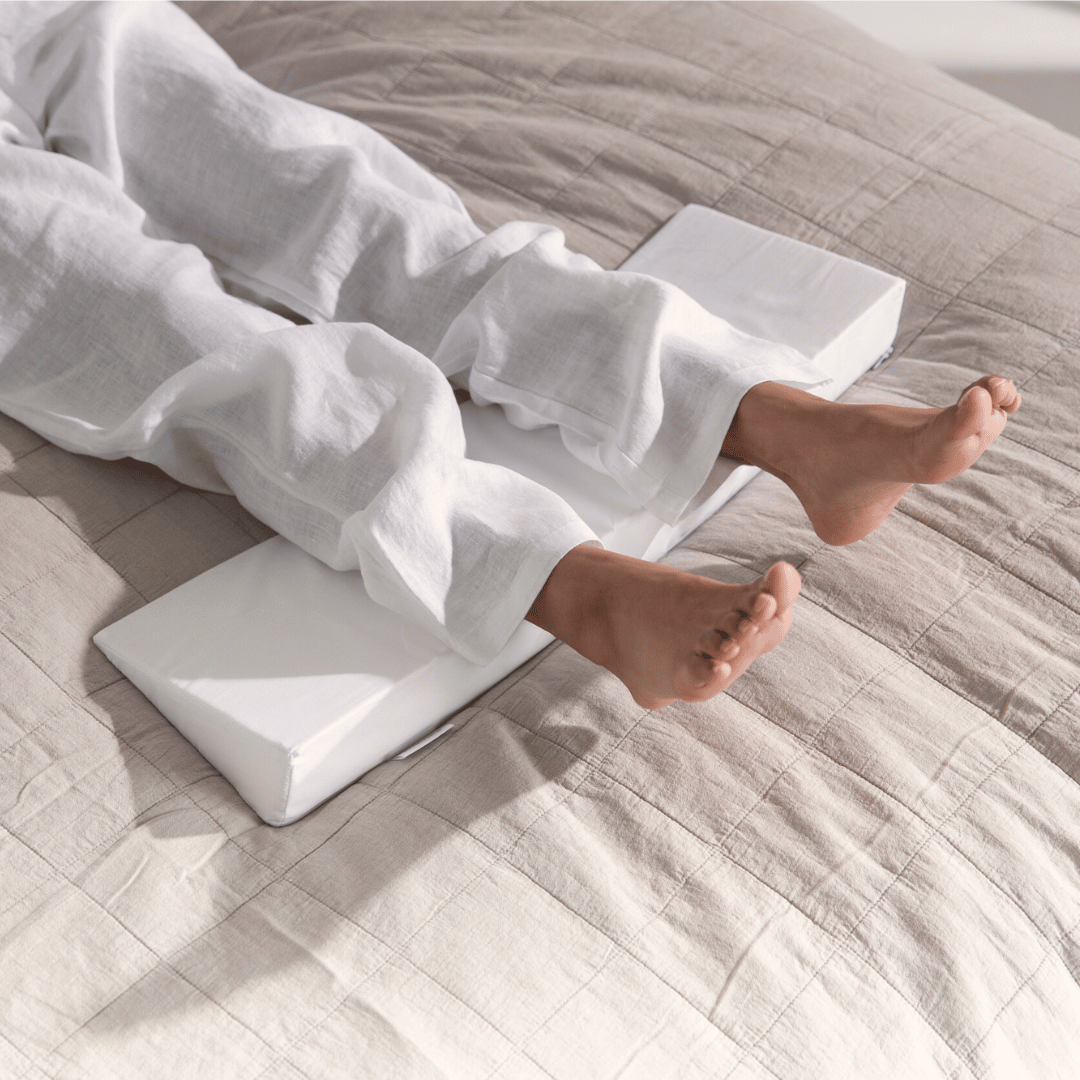
Essential Tips for Sleeping Better with Sciatica
Sciatica, a condition where the sciatic nerve becomes compressed or irritated, can make restful sleep seem like an elusive dream. This pain radiates from the lower back down to the legs, often causing discomfort that disrupts sleep. Addressing sleep issues is crucial for sciatica sufferers, as quality sleep is vital for overall health and pain management.
Sciatica is thought to impact at least 40% of the UK population at some point in their lives.
In this Putnam's guide, we'll explore essential tips for sleeping better with sciatica, from sleep positions to lifestyle changes and expert insights.
Understanding Sciatica and Sleep
How Sciatica Affects Sleep Patterns
Sciatica can wreak havoc on your sleep. The sharp, shooting pains can strike at any time, making it difficult to find a comfortable position. Many individuals report waking up multiple times at night due to sudden pain flare-ups.
Incorrect sleep positions can cause extreme fatigue and additional pain the following day.
Common Sleep Disturbances
Sciatica sufferers often experience sleep disturbances such as difficulty falling asleep, waking up frequently during the night, and struggling to return to sleep after waking. These disruptions can lead to chronic sleep deprivation, which exacerbates pain and affects overall well-being.
Common Sciatica Causes
- A bulging or herniated disc that puts pressure on the nerve causing extreme sciatic pain.
- Degenerative disc disease or spinal stenosis, where the breakdown of discs (which serve as cushions between vertebrae) leads to nerve irritation.
- Pregnancy, during which hormones can cause ligaments to loosen and stretch, potentially leading to sciatic pain for some women.
- Spondylolisthesis, a condition in which a disc slips forward over the vertebra beneath it
- Muscle spasm in the back or buttocks, where overly tight muscles pinch the nerves, typically causing temporary sciatic symptoms that subside once the muscles relax.
Tips for Improving Sleep with Top Sciatica Sleep Solutions
Optimal Sleep Positions
Side Sleeping: Lying on your side with a pillow between your knees helps keep your spine aligned, reducing pressure on the sciatic nerve. Alternatively, try the fetal position, which opens up space between vertebrae and may alleviate pain.
Back Sleeping: Placing a pillow under your knees while lying on your back can help maintain the natural curve of your spine, offering relief from sciatic pain. Elevating your knees slightly reduces the tension on your lower back.
Avoid Stomach Sleeping: This position can strain your spine and worsen sciatic pain. If you're a habitual stomach sleeper, it might be time to switch to a more sciatica-friendly position.
Choosing the Best Mattresses and Sciatica Pillows
Mattresses: A medium-firm mattress is often recommended for sciatica sufferers. It provides enough support to keep your spine aligned without being too hard. Orthopedic beds or those with memory foam that retains its shape can also be beneficial. Mattress toppers can also be a good temporary solution to alleviate spasmodic bouts of sciatica.
Sciatica Pillows: Use a body pillow for side sleeping or place a regular pillow between your knees. For back sleeping, consider a wedge pillow to elevate your knees. Memory foam pillows that conform to your body's shape can provide the perfect pillow for sciatica pain.
Establishing a Sleep Schedule and Environment
Consistent Schedule: Going to bed and waking up at the same time every day helps regulate your sleep cycle, making it easier to fall asleep and stay asleep.
Sleep Environment: Ensure your bedroom is conducive to sleep. Keep it cool, dark, and quiet. Consider using blackout curtains, white noise machines, or earplugs if necessary.
- Optimal Room Temperature: Keep the bedroom cool, ideally between 60-67°F (15-19°C), to promote better sleep.
- Darkness: Use blackout curtains or an eye mask to block out light, creating a dark environment conducive to sleep.
- Quietness: Minimize noise with soundproofing, white noise machines, or earplugs to ensure a peaceful sleep setting.
- Minimal Electronics: Reduce exposure to screens and electronic devices before bed to limit blue light, which can interfere with your sleep cycle.
- Aromatherapy: Consider using calming scents like lavender or chamomile through essential oils or diffusers to create a relaxing atmosphere.
- Clutter-Free Space: Keep the bedroom tidy and free of distractions to foster a serene and stress-free sleep environment.
- Proper Ventilation: Ensure good airflow in the room by opening windows or using fans to keep the air fresh and oxygen levels optimal.
Lifestyle Changes and Practices
Exercise for Managing Sciatica and Improving Sleep
Low-Impact Activities: Engage in exercises such as,
- walking
- swimming
- yoga
- exercise bike
These activities strengthen your back muscles, improve flexibility, and reduce sciatic pain.
Stretching: Incorporate gentle stretches into your daily routine, especially before bed. Focus on stretches that target the lower back and hamstrings.
Dietary Tips for Reducing Inflammation and Promoting Better Sleep
Anti-Inflammatory Foods: Incorporate foods rich in omega-3 fatty acids, antioxidants, and fibre, such as salmon, berries, and leafy greens.
These can help reduce inflammation and alleviate sciatic pain.
Avoid Stimulants: Limit caffeine and nicotine intake, especially in the hours leading up to bedtime. These stimulants can interfere with your ability to fall asleep.
See - Mastering the Art of a Restful Night's Sleep: How to Sleep Better in 8 Easy Steps
Mindfulness and Relaxation Techniques
Meditation: Practice mindfulness or meditation to relax your mind and body before bed. These techniques can help manage pain and reduce stress.
Yoga: Yoga, with its focus on stretching, strengthening, and promoting flexibility, can provide significant relief for sciatica sufferers.
Breathing Exercises: Deep breathing exercises can calm your nervous system and prepare you for sciatica relief at night. Implement deep breathing exercises as part of your bedtime ritual.
Sleeping better with sciatica is possible with the right strategies and lifestyle changes. By understanding how sciatica affects sleep, adopting optimal sleep positions, choosing supportive mattresses and pillows, and making healthy lifestyle adjustments, you can significantly improve your sleep quality.
Remember, what works for one person may not work for another, so be patient and willing to experiment. For personalized guidance and support, consider consulting a healthcare professional or joining a community of sciatica sufferers.
Implement these tips for sleeping with sciatica and take control of your sleep and sciatica. Share your experiences, ask questions, and engage with others who are on the same journey. Together, we can achieve better sleep and a better quality of life.
















Hinterlassen Sie einen Kommentar